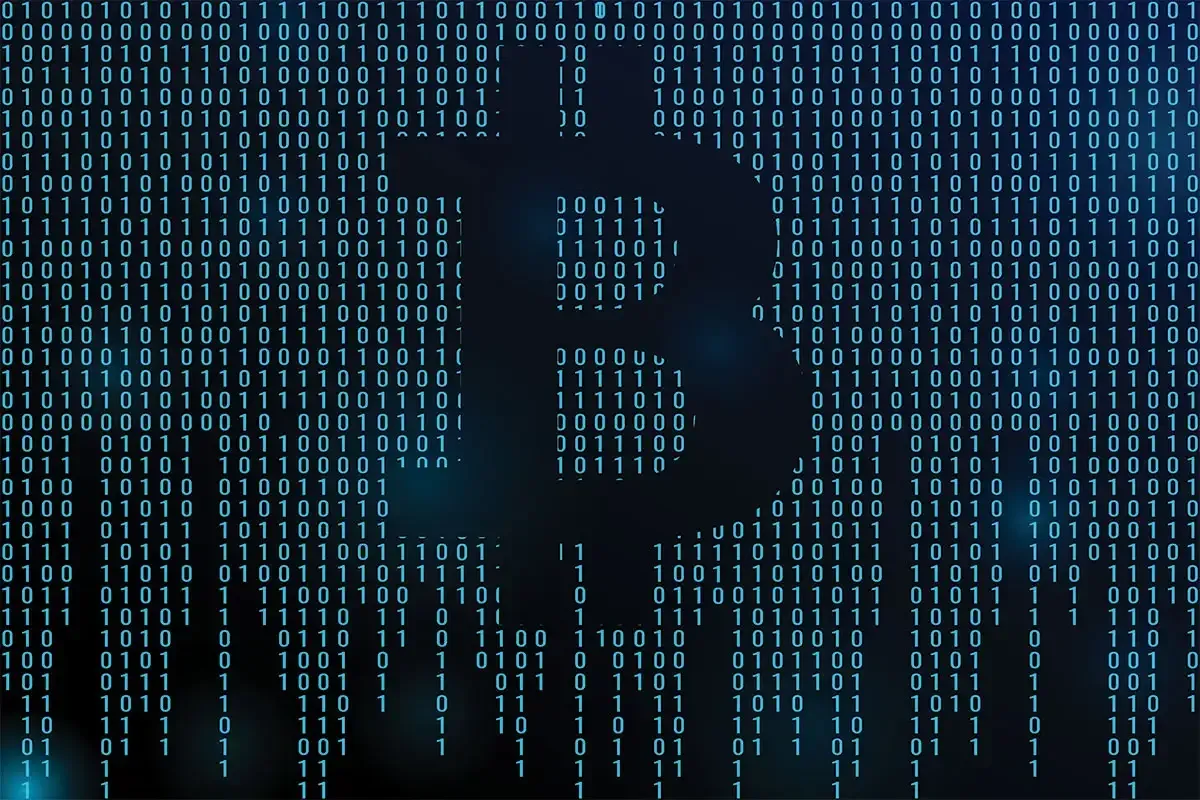The Rise of Decentralized Darknet Markets: How Web3 and Tor Are Merging

|
Once upon a time, the dark web was ruled by centralized black markets—digital kingdoms selling everything from counterfeit passports to rare collectibles. These empires thrived on anonymity… until they didn’t. Silk Road. AlphaBay. Empire Market. Each rose to power, only to fall, taking millions in cryptocurrency with them. Authorities cracked down. Admins vanished. Buyers and sellers were left stranded. But the dark web never stays quiet for long. A new breed of marketplace is rising—one that can’t be seized, shut down, or controlled. Welcome to the age of decentralized darknet markets (DDNMs)—where Web3 and Tor collide to create the next evolution of underground trade. Let’s step into the shadows. What Went Wrong with Traditional Darknet Markets?Old-school darknet markets had a fatal flaw: centralization. The Weaknesses of Centralized Markets:
The fall of AlphaBay in 2017 proved that even the biggest markets could be erased with a single FBI raid. But what if there was no admin? No central server? No one to arrest? That’s where Web3 changes everything. What Are Decentralized Darknet Markets (DDNMs)?Imagine a marketplace that no one controls.
DDNMs run entirely on blockchain and smart contracts, making them nearly impossible to shut down. How They Work:
This model removes the vulnerabilities of traditional darknet markets. No single entity runs the show, making takedowns nearly impossible. The Role of Privacy Coins in Decentralized MarketsBitcoin was the dark web’s original currency, but it’s no longer the best choice. Blockchain forensics can trace Bitcoin transactions, linking buyers to purchases. That’s why DDNMs rely on privacy coins like:
Unlike Bitcoin, these cryptocurrencies hide transaction details, making them nearly impossible to track. Examples of Decentralized Darknet MarketsA few experimental DDNMs are already making waves. While some have yet to gain mass adoption, they showcase what the future holds. 1. OpenBazaar (Now Defunct, But Pioneering)
2. DarkFi
3. Particl
While none of these have yet become the "Silk Road of Web3," they demonstrate how the underground economy is adapting to decentralization. Law Enforcement vs. Decentralized Darknet MarketsAuthorities have spent years shutting down centralized black markets. But how do you arrest a smart contract? How Governments Are Fighting Back:
Unlike Bitcoin, privacy coins hide sender, recipient, and transaction amounts. This makes them nearly impossible to track. Despite these efforts, technology continues to evolve. The darknet isn’t disappearing—it’s adapting. The Future of Darknet Markets: What’s Next?The battle between privacy advocates and regulators is far from over. As Web3 and Tor merge, we could see:
Decentralization has already changed finance, gaming, and data storage. Now, it’s transforming the dark web Will this lead to a new golden age of hidden markets? Or will law enforcement find ways to fight back? One thing is certain: the underground economy is far from dead. A Market That Won’t DieFrom Silk Road to AlphaBay, the darknet has always found a way to survive. With Web3, it may become unstoppable. But what does this mean for the future of online privacy? Will decentralized markets empower free trade—or create lawless digital frontiers? No one knows for sure. One thing’s for certain: the next generation of darknet markets is already here. And this time, there’s no off switch. |
Making Torry Possible
Thanks to the privacy contributions from the following foundations. Torry is able to maintain a strong goal towards a private.

